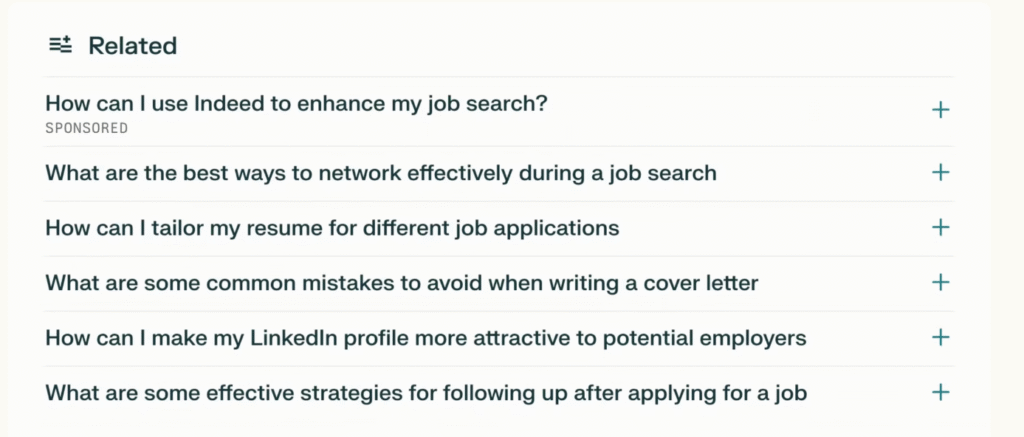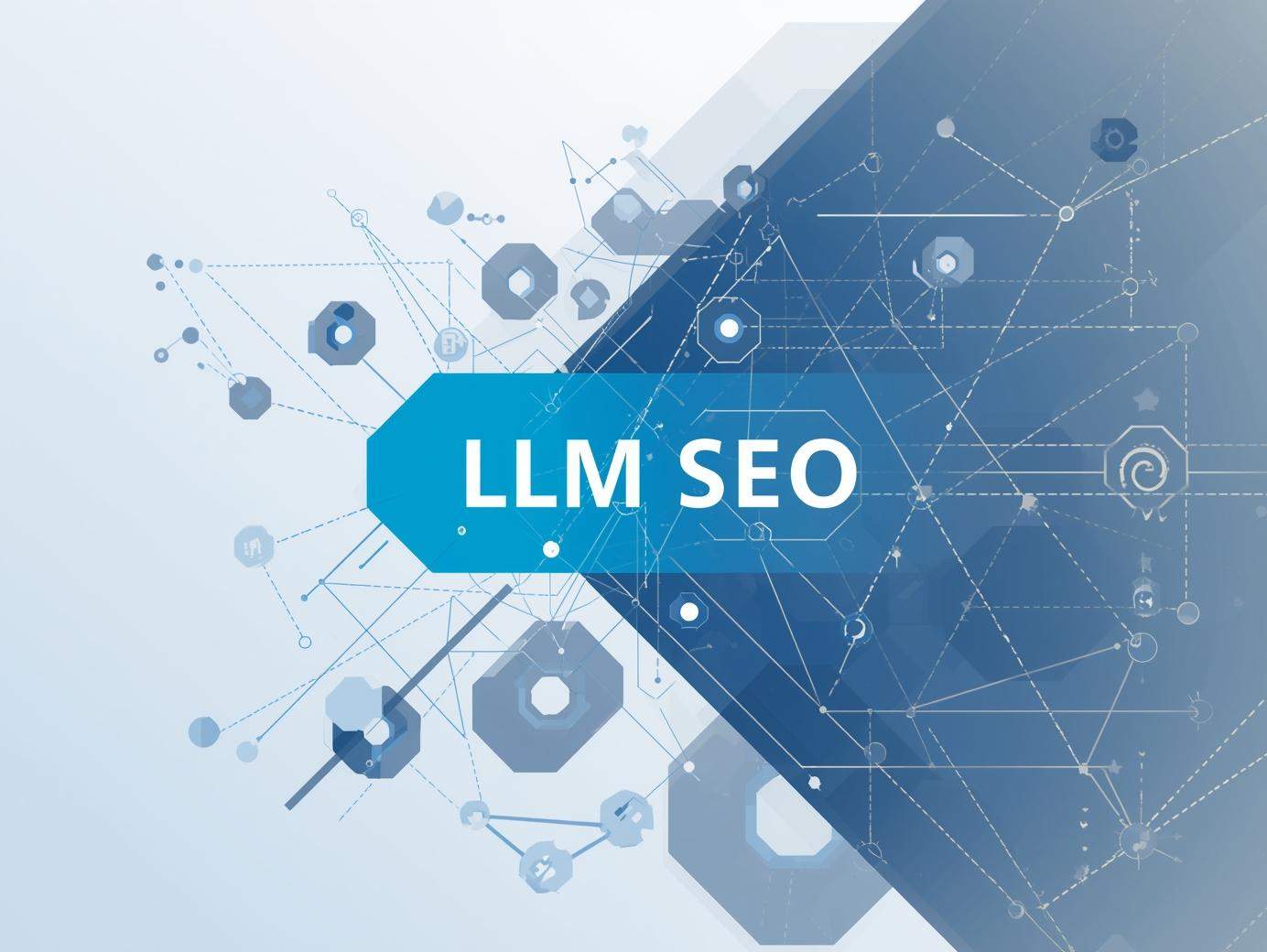As a digital marketer, I’ve seen the landscape shift dramatically in the past year. The rise of large language models (LLMs) like ChatGPT, Gemini, and Perplexity is fundamentally changing how people search, discover, and interact with brands online.
This shift was the undeniable focus at the recent Technology for Marketing event I recently attended, where it became clear that AI is not just a collection of new tools or features within existing tools. It`s now actively reshaping user behaviour and, therefore, how marketing works.
It’s no longer just about ranking for “10 blue links”; it’s about being the answer that AI tools cite, recommend, and surface in their conversational results. We must move our focus from simple ranking to deep relevance.
Here is your guide on how to build the authority, structure, and clarity needed to be visible in this new era of AI search.

What’s Happening with Search Right Now?
The sessions I attended made it clear: LLMs are now a new target audience. They’re not just tools; they’re gatekeepers, deciding which brands and content get visibility in AI-powered search experiences. Here’s what’s changed:
SEO is evolving into GEO, AEO, and LLM SEO*
- GEO (Generative Engine Optimisation): Tailoring content to be cited by generative AI tools like ChatGPT, Gemini, Perplexity, etc.
- AEO (Answer Engine Optimisation): Focusing on appearing in direct AI-powered answers and summaries, rich snippets or search-overview features.
- LLM SEO: The umbrella term for strategies that target both generative and retrieval-based AI tools.
*These terms are still new and are often used interchangeably.
2. Impressions are up, but clicks are down.
LLMs often provide answers directly on the results page, which means fewer users are clicking through to websites. However, it’s not a dead end for traffic. When the AI pulls specific information from your site, it can cite your page as a source. This turns the LLM into a referral source, sending a smaller but more qualified audience to your site, making being the authoritative source more important than ever.
3. AI search is becoming more conversational
The user journey is shifting from research to Q&A. LLMs act as referral engines, sending fewer but more qualified visitors. The focus is on being the trusted answer, not just another search result.
4. LLMs are not traditional search crawlers
Unlike Google’s bots, which continuously crawl the web, the core LLMs (like OpenAI’s models) were trained on a static dataset. This is why some websites, such as the BBC, may have blocked crawlers to prevent their content from being used in these training sets. LLMs with live web access (like Perplexity AI) use a search engine to access real-time data, but they do not crawl and index the web themselves. That’s why it`s still recommended to use traditional SEO tactics for time-sensitive events (e.g., Black Friday).
5. Behind the Scenes: AI retrieves information slightly differently
LLMs ground searches via APIs (using JSON in the backend) to provide a machine-readable format for the LLM to quickly ingest the fresh data. Additionally, most LLMs can’t read JavaScript; therefore, critical content should be visible in plain HTML and enhanced with structured data (JSON) for clear indexing.
Other Developments and Partnerships
- Chrome’s Agentic AI: Chrome is introducing more autonomous, context-aware online experiences through agentic AI.
- OpenAI & Bing Partnership: Bing is becoming more influential in the AI search landscape due to its partnership with OpenAI.
- Apple’s AI-Powered Answer Engine: Apple plans to launch its own AI-powered answer engine for Siri in 2026.
- Future of Ads: Google Ads remain largely unaffected for now, but Perplexity is experimenting with pay-per-click (PPC*) formats, which could signal changes to advertising strategies in the near future.

- Google’s Dominance: Google continues to be the leading platform for visibility, with SEO still the primary driver. However, Google is rolling out AI-driven search experiences globally, integrating AI even for users who do not actively opt in.
*PPC stands for pay-per-click, a common digital advertising model.
What Should Marketers Do to Be Visible to LLMs?
LLM SEO isn’t drastically different from traditional SEO, but it does require a few strategic adjustments to improve visibility within AI-driven search environments.

1. Optimise Content for AI Discovery
Since LLMs respond in a conversational tone, think about how users might phrase their questions, and how AI tools might interpret them. Ask yourself: What would AI ask? Then, create content that directly answers those questions.
If your brand voice is highly formal, consider balancing it with a more conversational tone, for example, by adding a clear, question-based FAQ section.
2. Showcase Thought Leadership, Expertise, and Credibility
Similar to traditional search crawlers, LLMs prioritise trustworthy sources. Demonstrate credibility by using first-person insights, displaying author bios, adding accreditations, and referencing authoritative citations. These signals help AI identify your content as reliable and worth citing.
3. Use Consistent Language Across Platforms
LLMs look for consistent, well-structured language. Keep your brand terminology, tone, and messaging aligned across all your channels: website, blog, and social platforms.
4. Enhance Your “About Us” Page
The “About Us” page is often created once and forgotten, but LLMs actually read it to understand brand context. Keep this page up to date with accurate, detailed, and recent information about your organisation, team, and mission.
5. Produce More “How-To”, “Top 10”, and List-Style Content
LLMs love to cite structured, informative, and list-based articles. Creating content like “How-to” guides and “Top 10” lists increases your chances of being referenced in AI-generated responses.
Some brands even include competitors in their lists to enhance neutrality and citation potential.
6. Leverage External Platforms
Invest in third-party channels, content collaborations, and guest blogging to increase your brand’s presence in the sources LLMs already trust.
- Get mentioned on user-generated content sites (Reddit, YouTube), industry forums, and reputable publications. Many of these sources are directly integrated with LLM providers.
- Keep listings up to date on platforms like G2, Clutch, and Wikipedia, which LLMs frequently reference..
7. Follow technical best practices
- Ensure critical content is accessible in plain HTML and supported by structured data (JSON), since most LLMs can’t parse JavaScript-heavy pages.
- Review your robots.txt settings to avoid accidentally blocking AI crawlers.
- Use logfile analysis to monitor which pages LLMs visit and what queries are driving traffic. This can uncover valuable optimisation opportunities.
Conclusion
As these rapid developments can feel intimidating and unfamiliar for marketers, it’s not always easy to adapt right away, and we often find ourselves wondering what the future holds for our strategies. It may even feel like we’re falling behind our competitors. The good news is that most marketers feel the same way (see the image below).
There’s no such thing as a “GEO expert” yet. Everyone is learning as they go. The most important thing is to experiment, measure, and adapt. The brands that succeed will be those that treat AI as a new audience, optimise for credibility and clarity, and stay agile as the search landscape continues to evolve.

Author: Asena Atilla Saunders, CX & Digital Marketing Consultant




